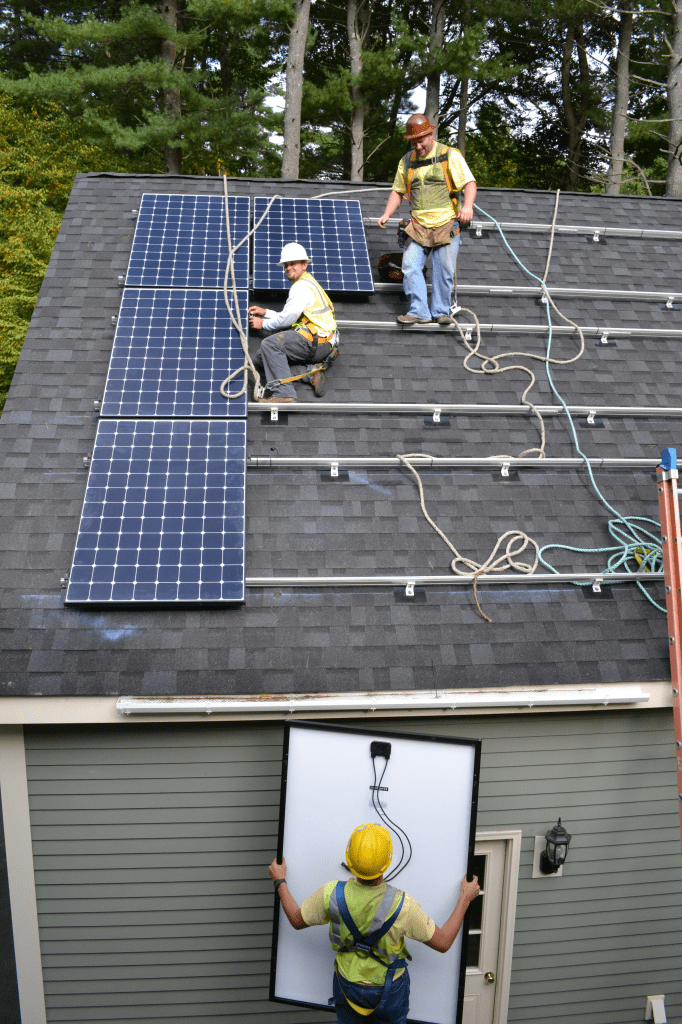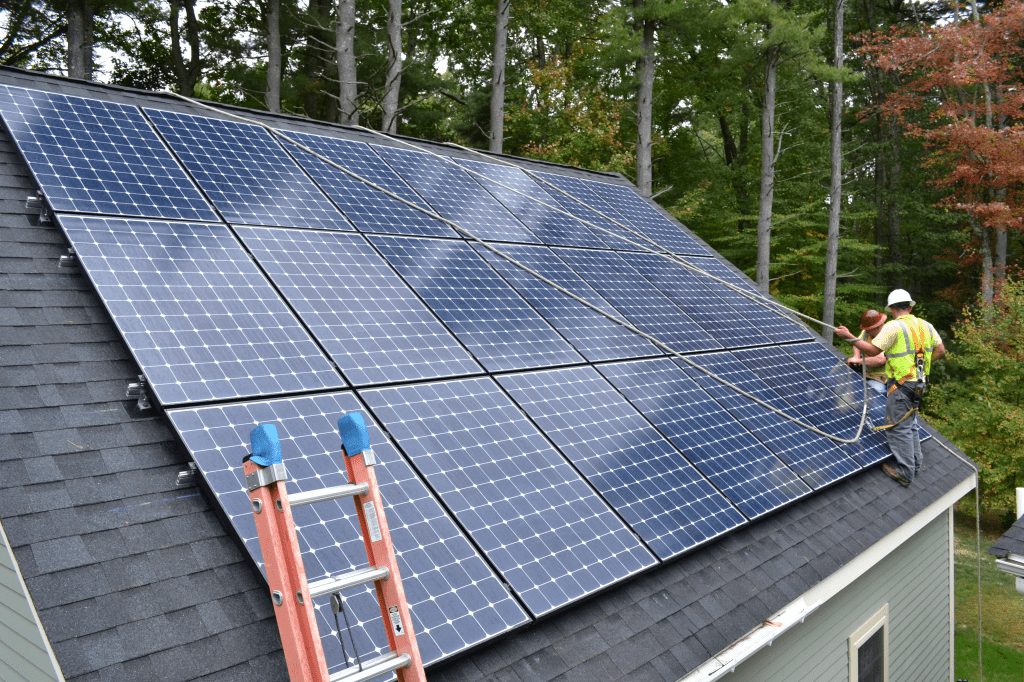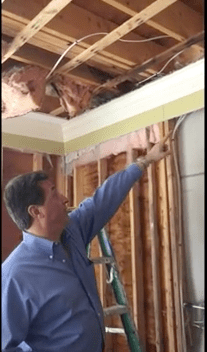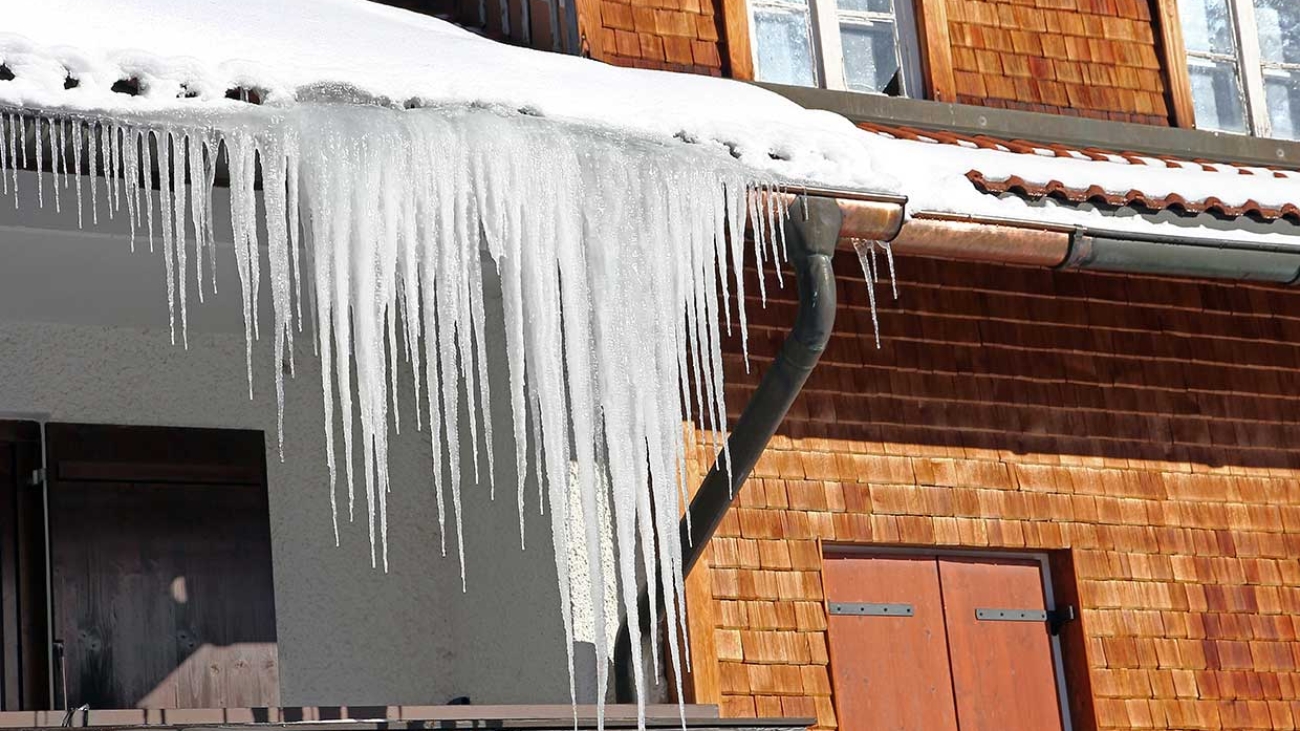Seems like everyone is “going solar” these days. It’s a hot trend that can have a positive impact on both the environment and your wallet. With government incentives, including the popular Solarize Massachusetts program that has resulted in more than 2700 new small-scale solar installations across the state, and the fact that electric rates are on the rise more and more people are jumping on the band wagon. But before YOU decide to jump, there are a couple of things you need to consider.

Solar companies are chomping at the bit to sign you up for solar. Don’t have a south-facing roof? “We’ll find away around that,” they say. Roof is shady? “Let’s cut down some trees and you’ll be all set!” But there’s one thing you can’t work around: your existing roof. Consider this:
- Solar panels are projected to last 30 years. Unless your roof is brand spankin’ new, the panels could outlast the roof. Is your solar company going to be around (will they even exist?) to take the panels off, then reinstall them, while a roof is being done?
- Solar panels add a lot of weight to your roof – can the existing structure handle the addition?
- After a large storm, snow will melt and slide off of the panels … and possibly create an unwanted avalanche if your panels are right above your front door.
- Solar companies will say that the panels actually protect the roof because they keep direct sunlight off of the shingles, but better to make sure your roof is in good shape to begin with.
The bottom line: solar companies are trying to lease or rent an expensive system to you. They are not concerned about your roof and certainly don’t want to suggest that you spend additional dollars on replacing or repairing the roof first. Our advice: have a qualified roofing specialist assess your roof before you sign on the dotted line. Better to find out that you need a new roof BEFORE those panels go up.
It’s a case of “penny wise vs. pound foolish.” If you’re going to spend the money on solar, you need to KNOW you have a solid roof first.










